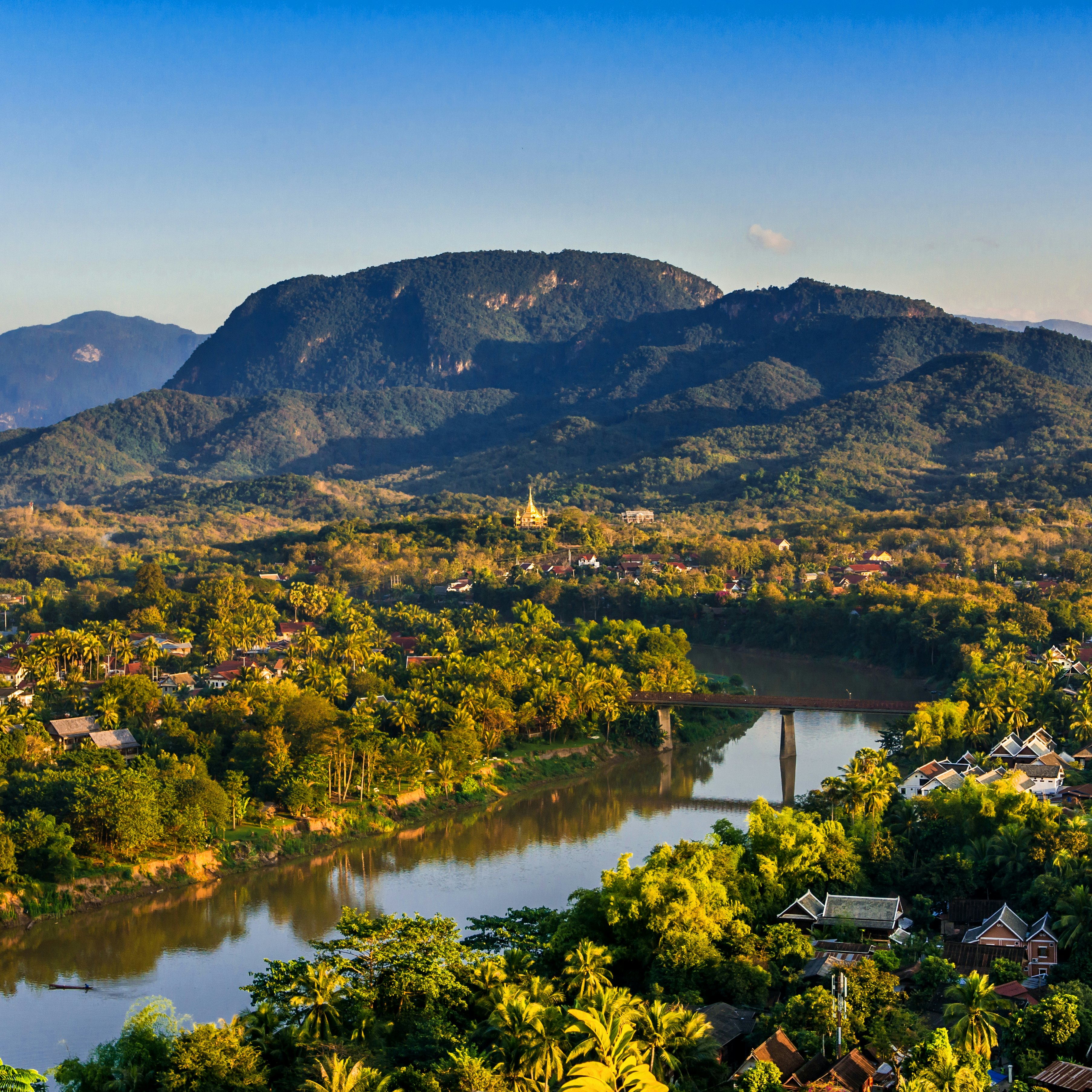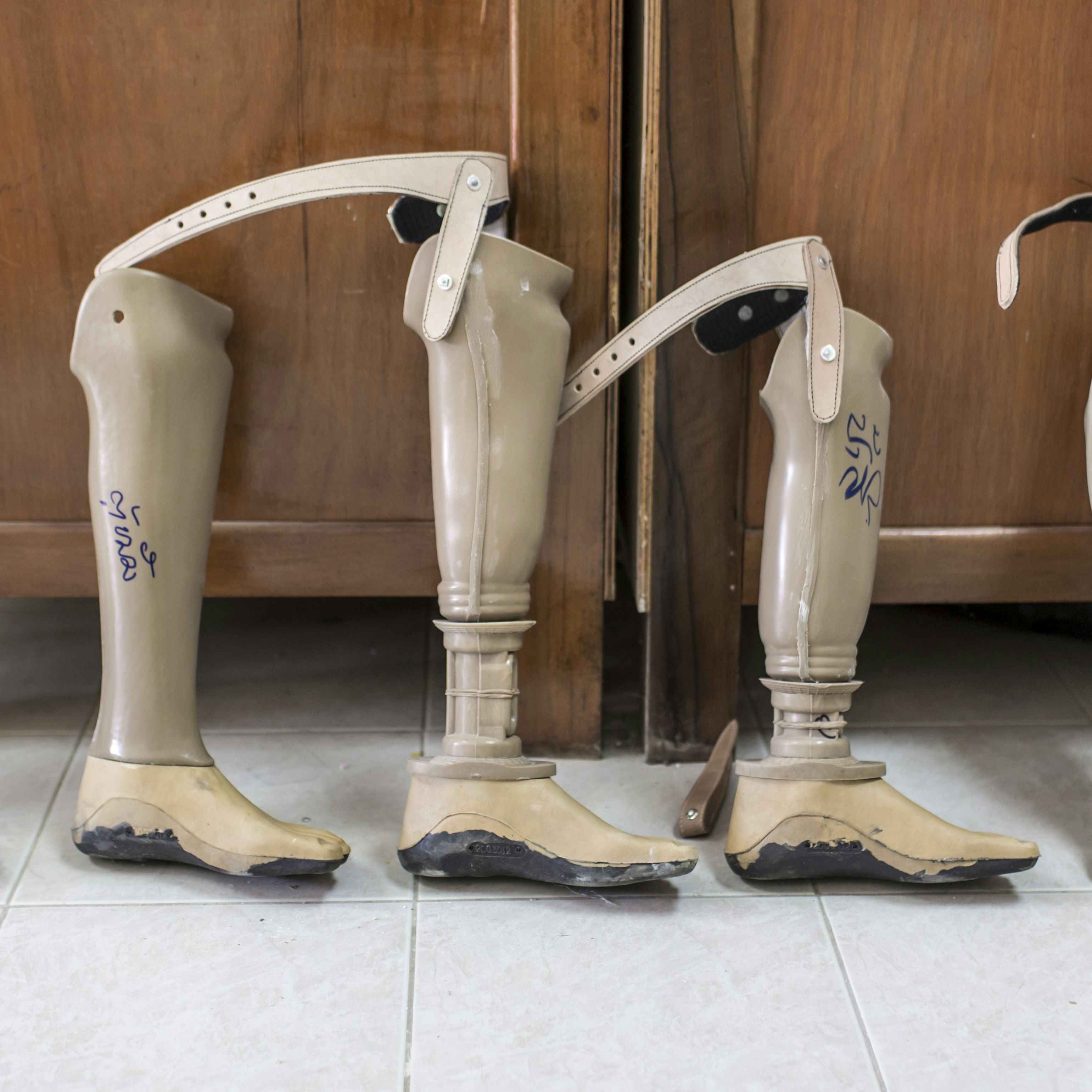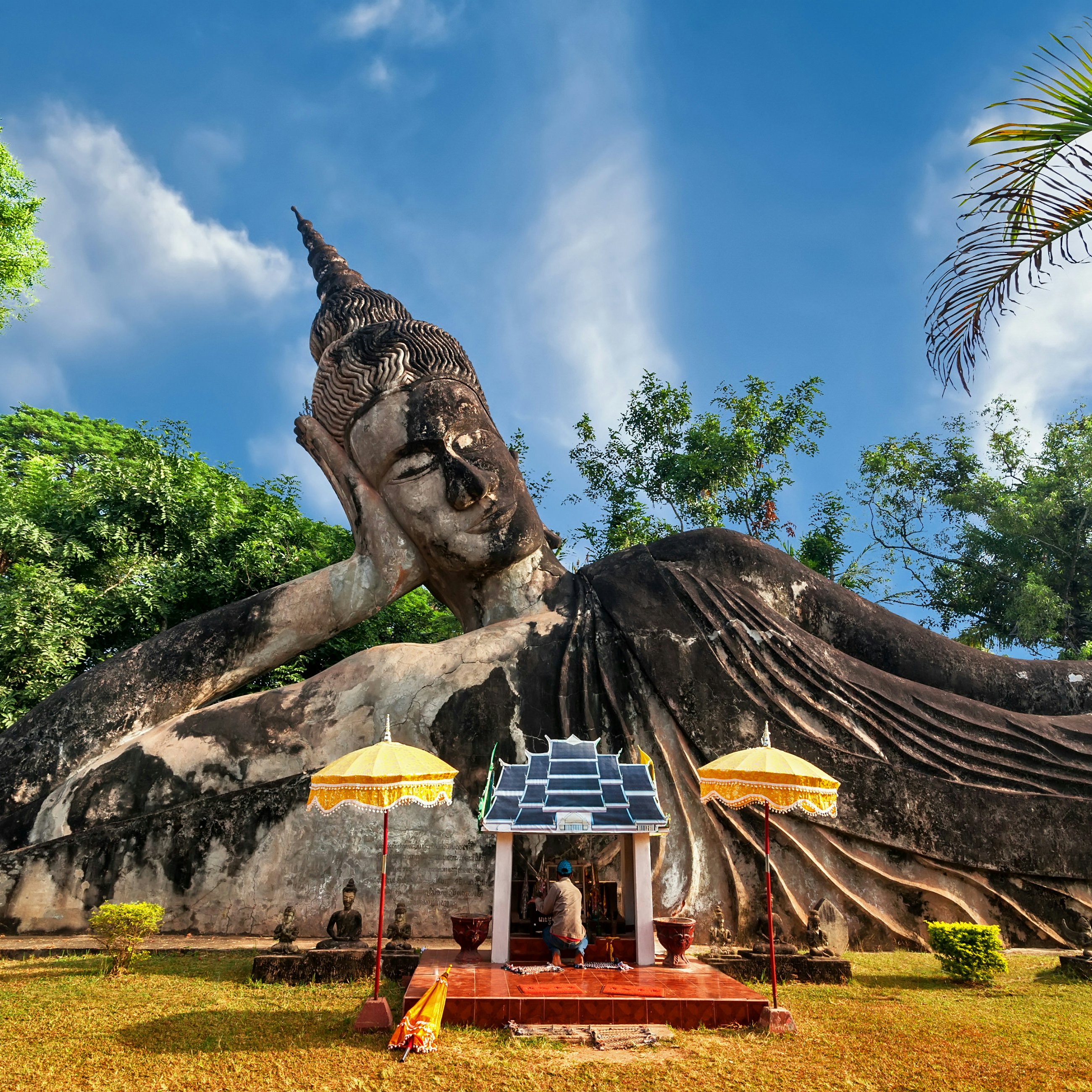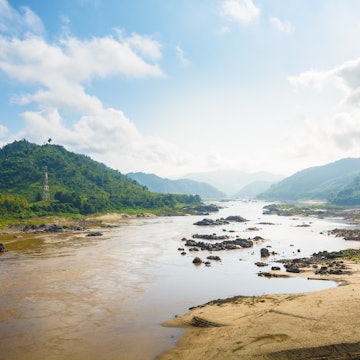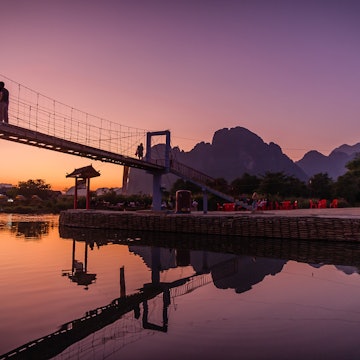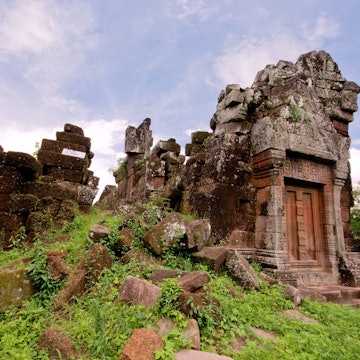

©Perfect Lazybones/Shutterstock
Overview
Vivid nature, voluptuous landscapes and a vibrant culture collide with a painful past and optimistic future to make Laos an enigmatic experience for the adventurous.
Must-see attractions
Planning Tools
Expert guidance to help you plan your trip
Best Things to Do
Feel a connection with laid-back Luang Prabang with these top sustainable experiences.
Read full article
Best Places to Visit
Laos offers gorgeous natural beauty, rich off-the-beaten track experiences and an intriguing culture. Here are 10 of the best places to check out.
Read full article






